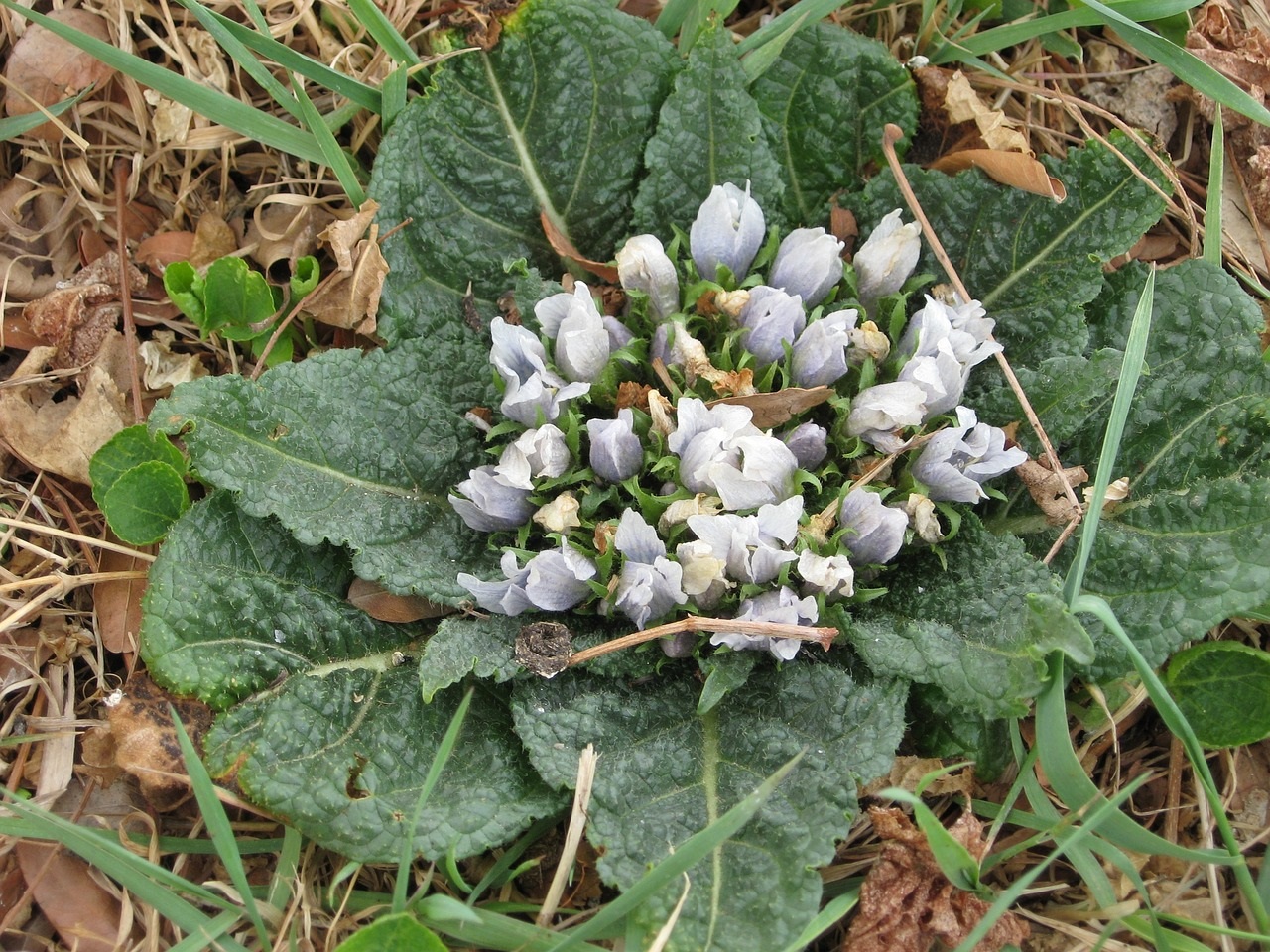
Mandrake, also known as Mandragora officinarum, is a plant that has been used for centuries in traditional medicine and folklore. This mysterious plant has been the subject of many myths and legends, and has been revered for its supposed magical properties. But what do we really know about mandrake and its history? One of the most significant figures in the study of this plant is the ancient Greek physician, botanist, and author Dioscorides.
Dioscorides, who lived in the 1st century AD, was the author of De Materia Medica, a five-volume encyclopedia about herbal medicine and related medicinal substances. This work was widely read for more than 1,500 years and is considered one of the most important historical texts on herbal medicine. In De Materia Medica, Dioscorides described the mandrake root as having medicinal properties and a shape resembling the human form. He noted that the root could be used to treat a variety of ailments, including headaches, gout, and menstrual cramps.
Mandrake is a well-known plant in ancient traditional medicine, referred to by various names meaning, for example, devil’s apple, demon balls, circe plant, gallows man, etc. The humanoid root of the plant was considered a magical talisman and, over the centuries, the mandrake was endowed with a mystical aura; in fact, superstitions surrounding the harvesting of the plant said that the plant, when uprooted, would emit a horrible cry, which would be fatal to the harvester who heard it, causing death or madness. To avoid this dreadful fate, it was advisable to partially dig up the plant, leaving a few roots in the ground, or to have it uprooted by a dog that would then die. Unlike the sad fate of the collector, the mandrake would bring love and fertility to those who consumed it, again according to ancient myths, which also attributed aphrodisiac properties to the mandrake.
Dioscorides depicts the Mandrake as a human-shaped root with flower stalks forming a curious, feather-like helmet on its head. The mandrake is probably the most famous ‘magic’ plant in Europe, known for its medicinal and psychoactive properties, with which a wide range of legends and myths have been associated over the centuries.
Dioscorides considers the Mandrake a true anaesthetic. In fact, he describes the wine produced by the mandrake as suitable for relieving pain caused by surgery or cautery, and also says that mandrake wine enables deep sleep. Dioscorides first used the word anaesthesia as the absence of pain sensation as we understand it today. Traditionally, mandrake has been used to treat insomnia, dysuria, haemorrhoids, rheumatic pains, toothache, melancholy and depression and many other conditions.
Mandrake is a perennial plant with a large, branching root, often anthropomorphic in appearance; the flower peduncles arise from the centre of the leaf rosette. Mandrake is fairly widespread in central-southern Italy and the islands. It contains several phytochemicals, among which some alkaloids (atropine, scopolamine and hyoscyamine - which are toxic in large doses and can cause hallucinations), coumarins (umbelliferone and scopoletine), withanolides (salpichrolide C) and lipid compounds (beta-sitosterol) are pharmacologically active.
Some of the active ingredients of this plant have been studied by modern pharmacology and have shown biologically active effects, including anticholinergic, antioxidant and anti-inflammatory effects. The study of the pharmacological activities of the compounds isolated from mandrake, particularly the alkaloids, supports the traditional use of this plant as a narcotic.
Currently, the plant is hardly used in traditional medicine and is not even included among the plants that can be used as ingredients for dietary supplements; however, its alkaloids are used in modern medicine.